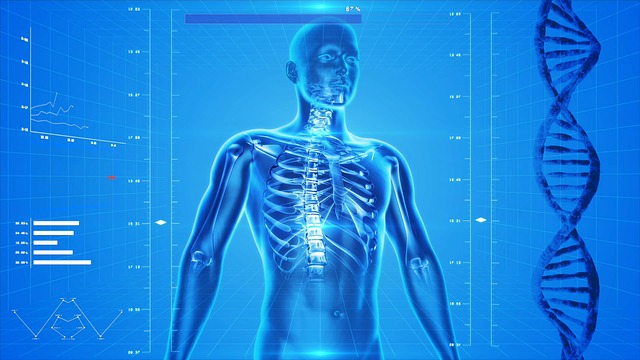The Surprising Advantages of Artificial Intelligence and Machine Learning in Healthcare
- September 27, 2018
- Posted by: admin
- Categories: Artificial Intelligence, Machine Learning

Gone are the days when cutting-edge Artificial Intelligence was depicted as a fascinating phenomenon only possible in sci-fi movies and films, impossible in real life. Today, Artificial Intelligence and Machine Learning has found its way into our everyday lives in innumerable ways- voice assistants, smart devices, personalized online searches and much more. So it is only logical for AI to foray into the healthcare sector, which has a tremendous impact on each and every human life.
Artificial Intelligence and Machine Learning are gaining rapid momentum in the medical world, and here we list some of the uses and benefits of AI in Healthcare:
Gathering and tracking patient data:
The health industry churns up colossal amounts of data in patient records on a daily basis. While the digitalization of this data has made it easier to track, it is not of much use beyond maintaining records. The process itself is tedious and time-consuming. This is where AI comes into the picture. Voice dictation technology helps speed up the documentation process while the actual records are analyzed by AI to further understand and assist with a patient’s diagnosis. Artificial Intelligence and Machine Learning perform best when they have a huge amount of data to analyze in order to infer predictions. So the abundance of data in the Healthcare sector certainly creates a win-win situation for both.
Developing medicines:
Deep learning of medicine has made it possible to simulate and develop drugs for diseases faster and in a hassle-free manner. Predictive Analysis uses sophisticated computer algorithms to analyze raw and uncategorized data to study and predict drug outcomes to accelerate the medicine making process which helps save lives and also save billions of dollars on drug testing and development.
Health monitoring:
Smart devices are one of the most common Machine learning applications in health care. Devices that can detect your steps, heartbeats and other activities, this wearable technology is accessible to most people. A research by Tractica forecasts an increase in wearable devices by 2021, with approximate device revenue amounting to $95.3 billion. These wearable health monitors make it easier for users to track and maintain their daily health and live a healthier lifestyle, thereby improving their overall health.
Virtual Biopsies:
A large number of medical diagnostics rely on physical tissue samples, obtained by biopsies. This procedure contains several risks, one of the most prominent being potential infections. Experts predict that AI-powered tools will be able to replace the need for tissue samples, at least in some cases, in order to make non-invasive diagnosis possible. Also, this opens up the possibility of clinicians being able to study the behavior of tumors better as a whole, as opposed to the properties of the sample, which is just a small segment of the larger malignancy.
Selfie Diagnosis:
This is perhaps one of the most interesting uses of Artificial Intelligence and Machine Learning in Healthcare. Smartphones these days are equipped with extremely powerful cameras that can generate images that Artificial Intelligence can use to recognize typical medical conditions based on the physical appearance of a person. In the UK, researchers have developed a software that can recognize developmental diseases by analyzing the discrete features of a child’s face- his jawline, the placement of eyes and nose etc. and detect craniofacial abnormalities. This kind of data provides helpful support while making clinical decisions. Using mobile devices to collect images of wounds and infections can also be of great help in speeding up the process of diagnosis and help undeserved areas cope with a lack of specialists.
Since its advent, AI has caused tremendous waves in every field that it has touched and the healthcare sector is no different. A huge number of the world’s population does not have access to proper healthcare services. AI comes with an array of cost-effective tools and fast-paced technologies that are certain to bring about a revolution in this scenario and is expected to help solve a vast number of health problems.
